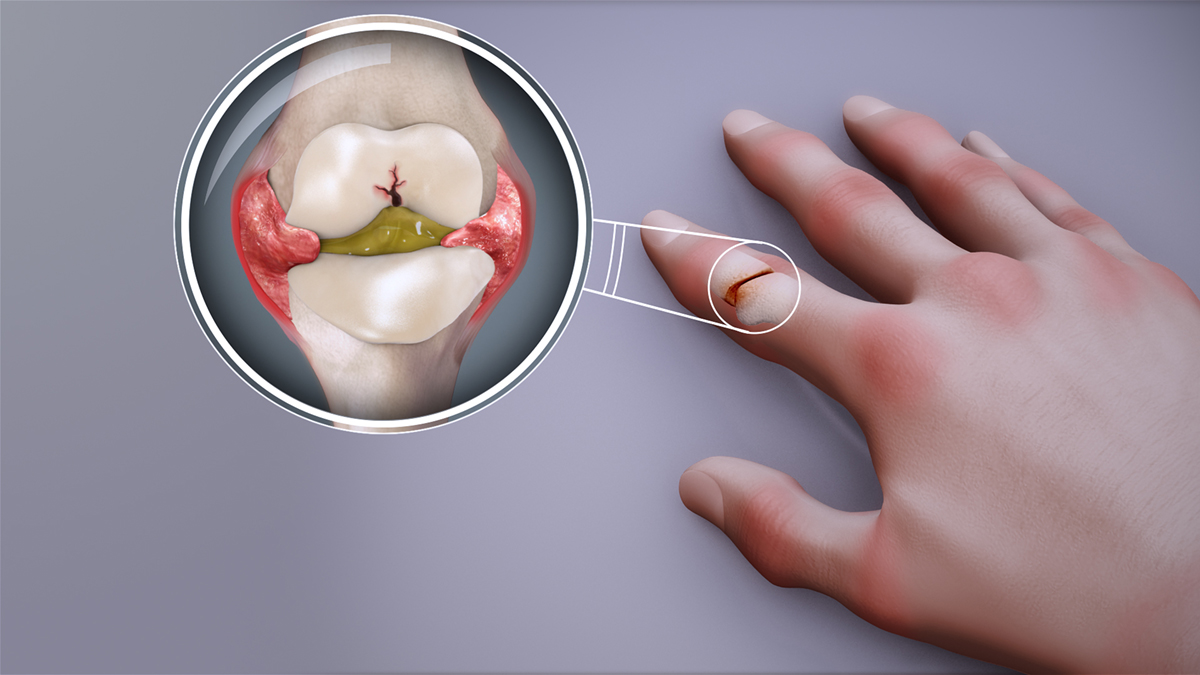
Rheumatism in Children - General Information
Rheumatism in children is also known as the juvenile rheumatoid arthritis. Unlike in adults rheumatism in children is not a chronic disease and may withdraw completely if patients are treated properly and on time. It typically features with inflamed, stiff and swollen joints. This medical condition can be classified into three types, pauciarticular, polyarticular and systemic. In pauciarticular type only 1 to 4 joints are affected and the condition is rather mild. Polyarticular type features with inflammation of more joints and worsens in time. And finally, systemic type of juvenile rheumatoid arthritis is the most serious form of the disease. It is rather rare and affects not only joints but also certain organs.
The exact cause of juvenile rheumatoid arthritis has not been identified yet even though doctors assume that this disease can be connected with improper functioning of the immune system. Triggers for juvenile rheumatoid arthritis are usually viral infections. What is more, having certain genes also may contribute to the occurrence of the disease.
Symptoms of Rheumatism in Children
Children suffering from juvenile rheumatoid arthritis usually complain about pain and stiffness of the affected joints. Depending on the type of arthritis the pain may be located in only a few or even more joints. Pain and stiffness of the affected joints result from inflammation. The skin around the joints is erythematous and warm and they are also tender to touch. If the knees are affected the patient may have walking problems and limp. Some children may have fever which usually occurs in the evening. Fever is intermittent which means that it occurs from time to time. One may even lose weight. The pain interferes in sleep and the child becomes agitated and cranky. In some children juvenile rheumatoid arthritis is accompanied by inflammatory eye disease which features with problems with vision and may lead to permanent loss of vision.
Diagnosis and Treatment for Rheumatism in Children
The child undergoes thorough physical examination and certain laboratory tests including blood count and sedimentation rate. It is also necessary to perform test which can identify the presence of antibodies in the blood. The doctor is also due to examine the eyes.
Treatment for juvenile rheumatoid arthritis includes non-steroidal anti-inflammatory drugs such as naproxen and ibuprofen. Severe form of the disease is treated with disease-modifying ant rheumatic drugs or corticosteroids. Physical therapy is also important for all children and is performed under supervision of well experienced physical therapist. Physical therapy in this case helps in regain of joint flexibility and muscle strength.






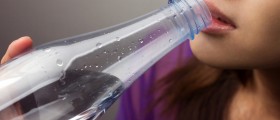
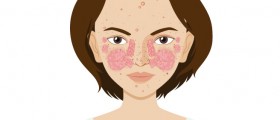
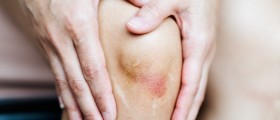


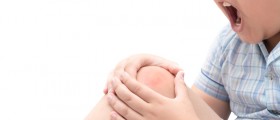





Your thoughts on this
Loading...